Sustainability isn't a nice-to-have anymore, it's a deal-breaker. Consumers are watching how you deliver trials, not just what's inside them. The good news? Sustainable sampling often costs less, performs better, and protects your brand reputation. It's genuinely a win-win-win situation.
What sustainable sampling actually looks like
People request samples instead of you forcing them on everyone. Opt-in fulfillment cuts waste dramatically and improves targeting because you're only reaching people who actually want to try your product.
Packaging that doesn't make people feel guilty. Smaller sample formats, paper over plastic, mono-materials that are actually recyclable. McKinsey's research shows consumers increasingly expect this, and it directly impacts whether they'll even accept your sample.
Smart partnerships that use existing channels. Instead of creating new waste streams, work with retailers or events to distribute through refill stations, sampler hubs, or existing touchpoints. Why create single-use handouts when you can plug into systems that already exist?
Why this actually improves your business metrics
Here's the counterintuitive part: sustainable sampling often performs better than wasteful sampling. When people opt in, they're higher-intent consumers who actually convert. You avoid the "brand backlash" risk of looking wasteful, and recipients value the product more because they actively chose to try it.
From a retail perspective, sustainable packaging reduces their handling and disposal headaches, making them more willing to partner with you in the first place.
How to actually make this happen
- Start with opt-in flows. Use digital signups, loyalty program prompts, or targeted partner lists. Only send samples to people who want them.
- Rethink your packaging completely. Prototype mono-material sample packs, measure recycling rates, and use consumer sentiment data when you're pitching this internally to skeptical stakeholders.
- Make waste reduction a KPI. Track the percentage of samples that are actually requested versus distributed, and measure end-of-life outcomes. Are they being recycled, reused, or thrown away?
- Tell people why you're doing this. Using less plastic and reducing waste can be a marketing message in itself. Consumers appreciate brands that explain their choices.
The creative opportunity
Don't think of sustainable sampling as a constraint, think of it as a creative brief. When you design programs that respect both consumer choice and the planet, you get better trial rates, happier retail partners, and a brand story that actually resonates.
The brands getting this right are turning sustainability into a competitive advantage. In a world where consumers have endless choices, being the brand that cares about more than just sales can be the difference that matters.
Click here for our smart sampling services or drop us a line - let’s talk!





.png)


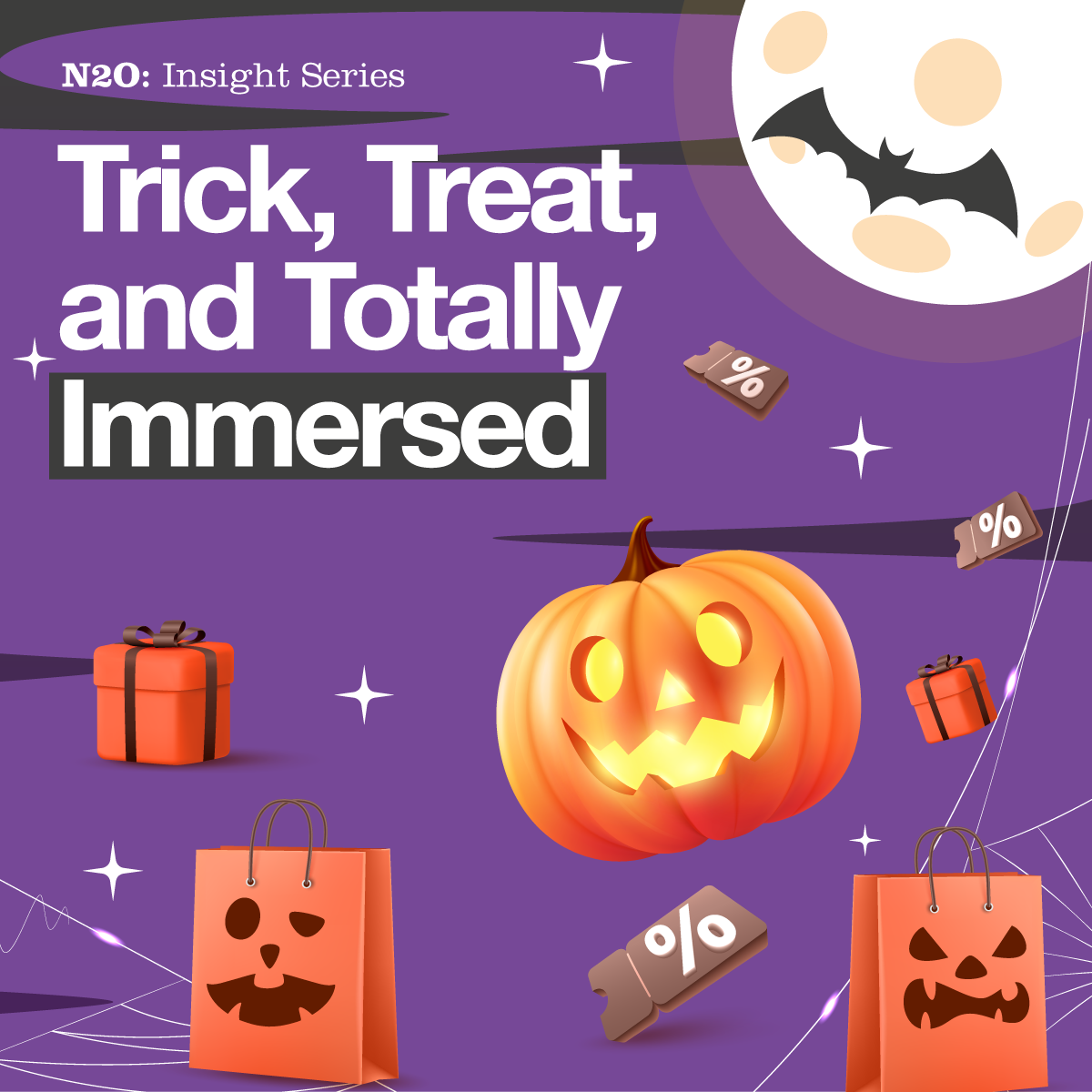

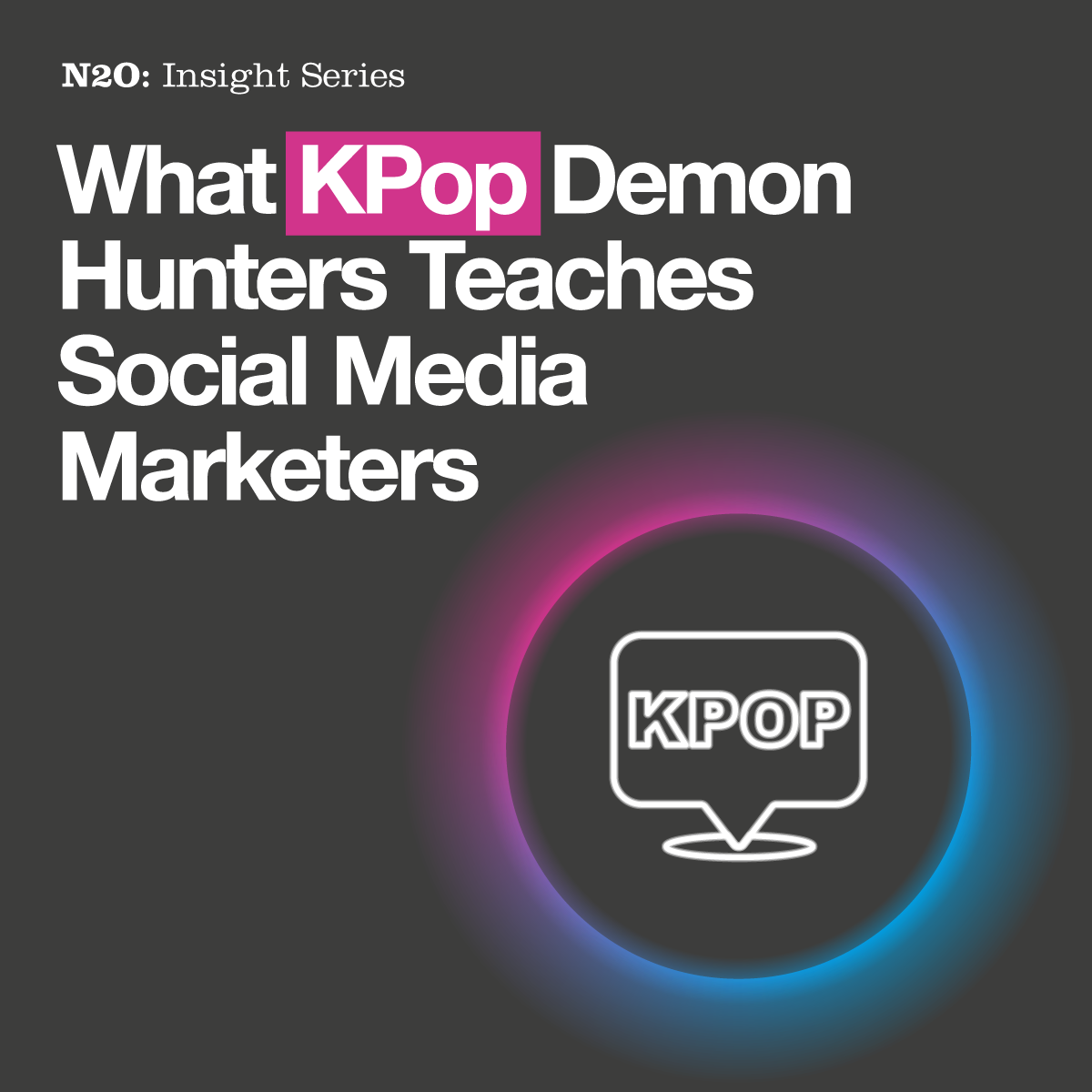
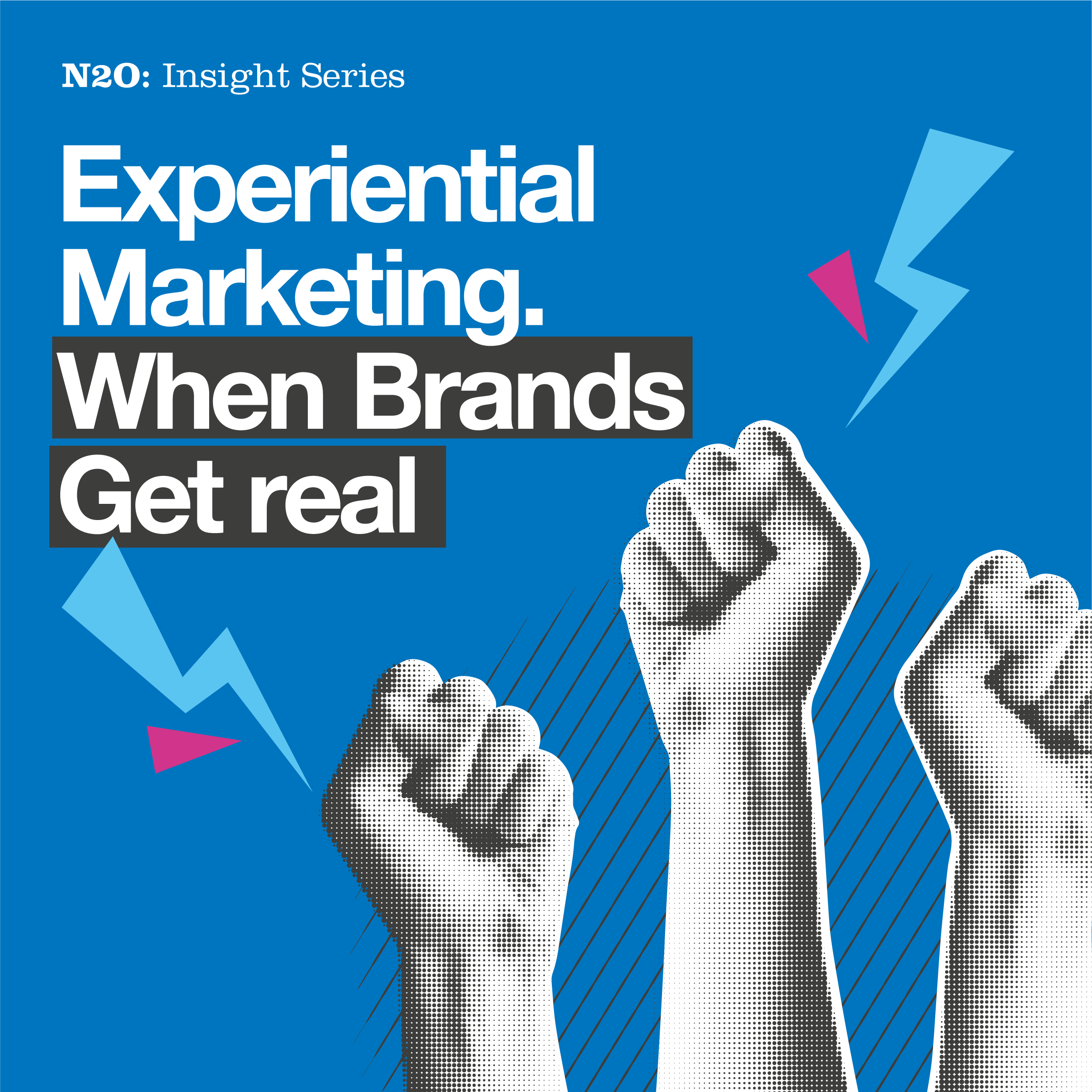


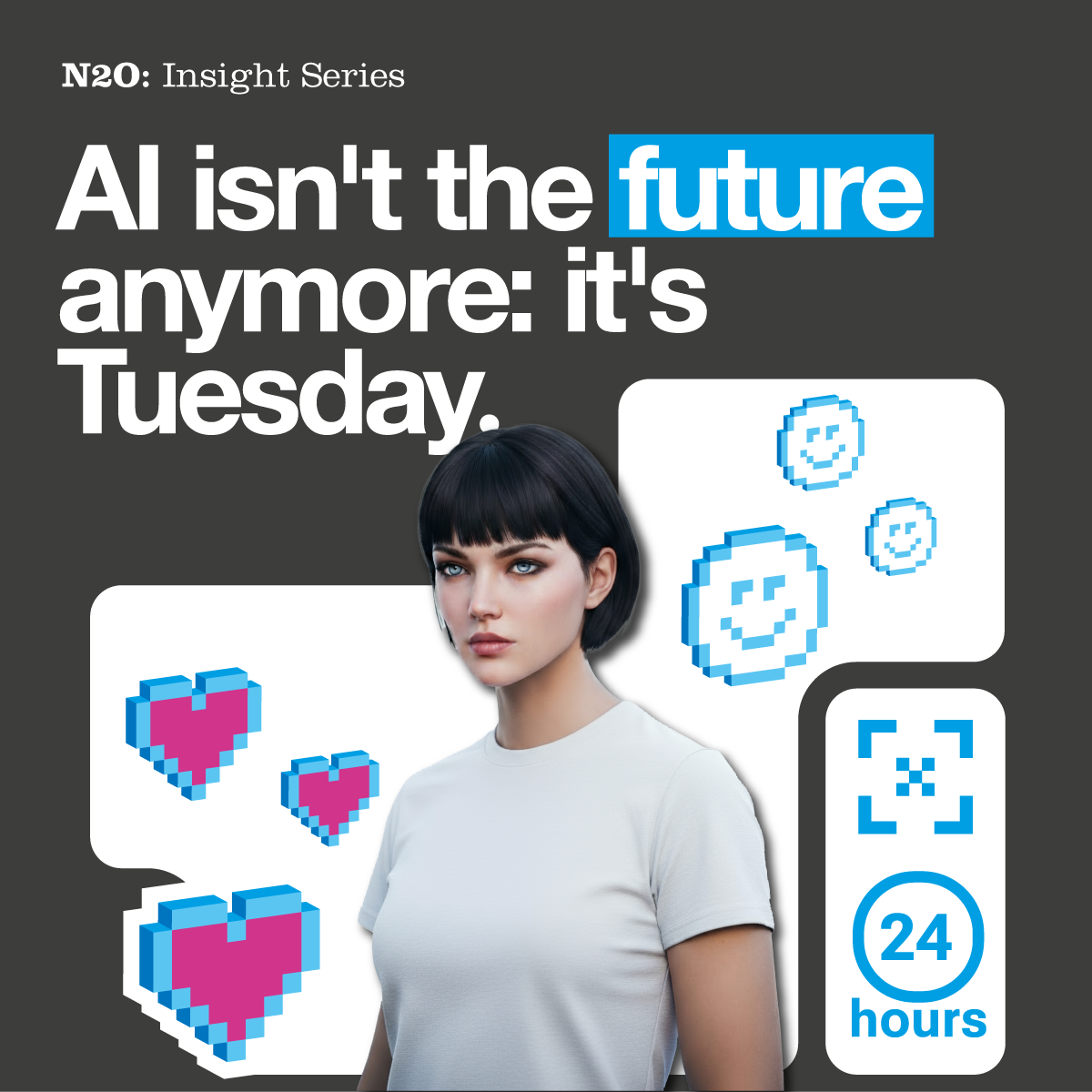
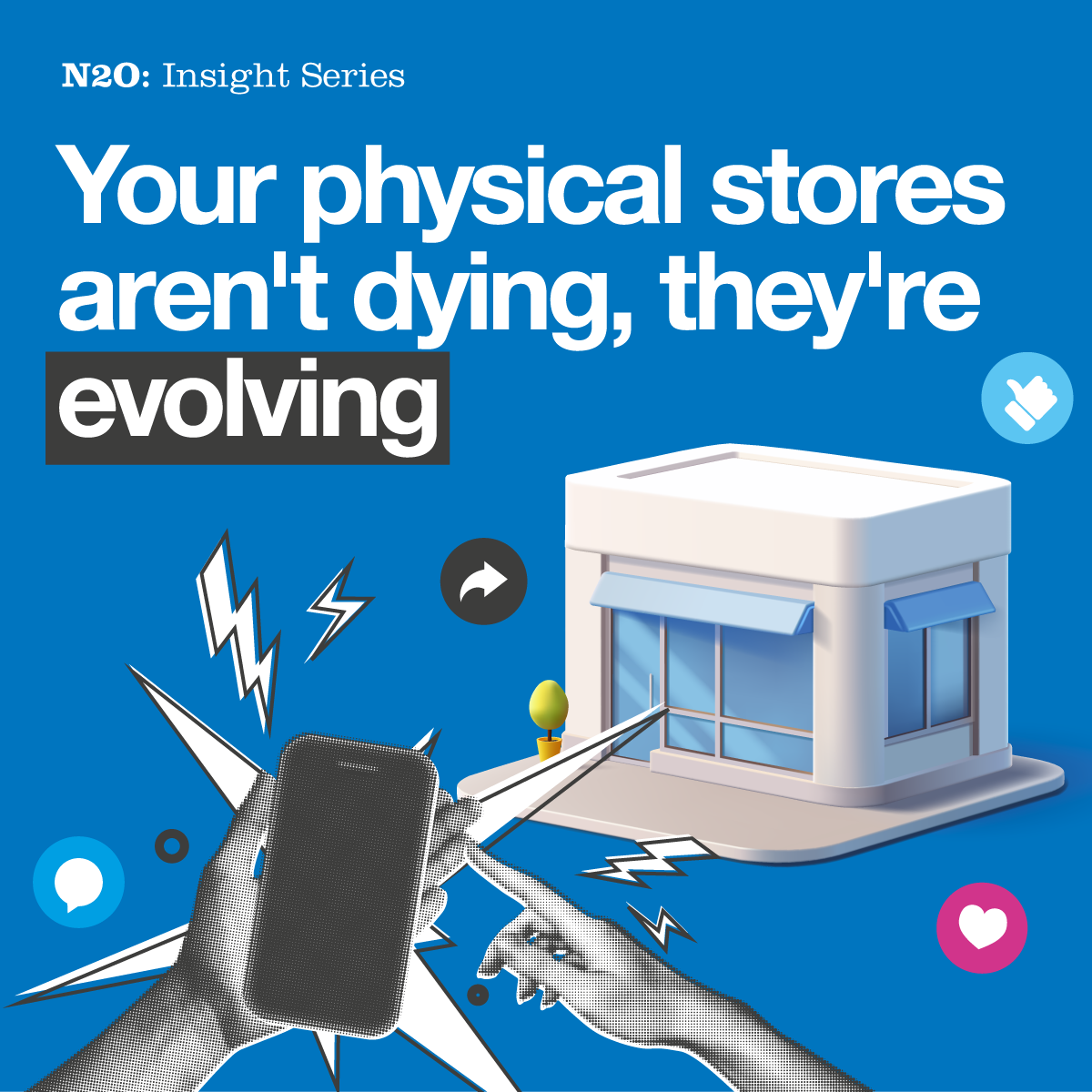

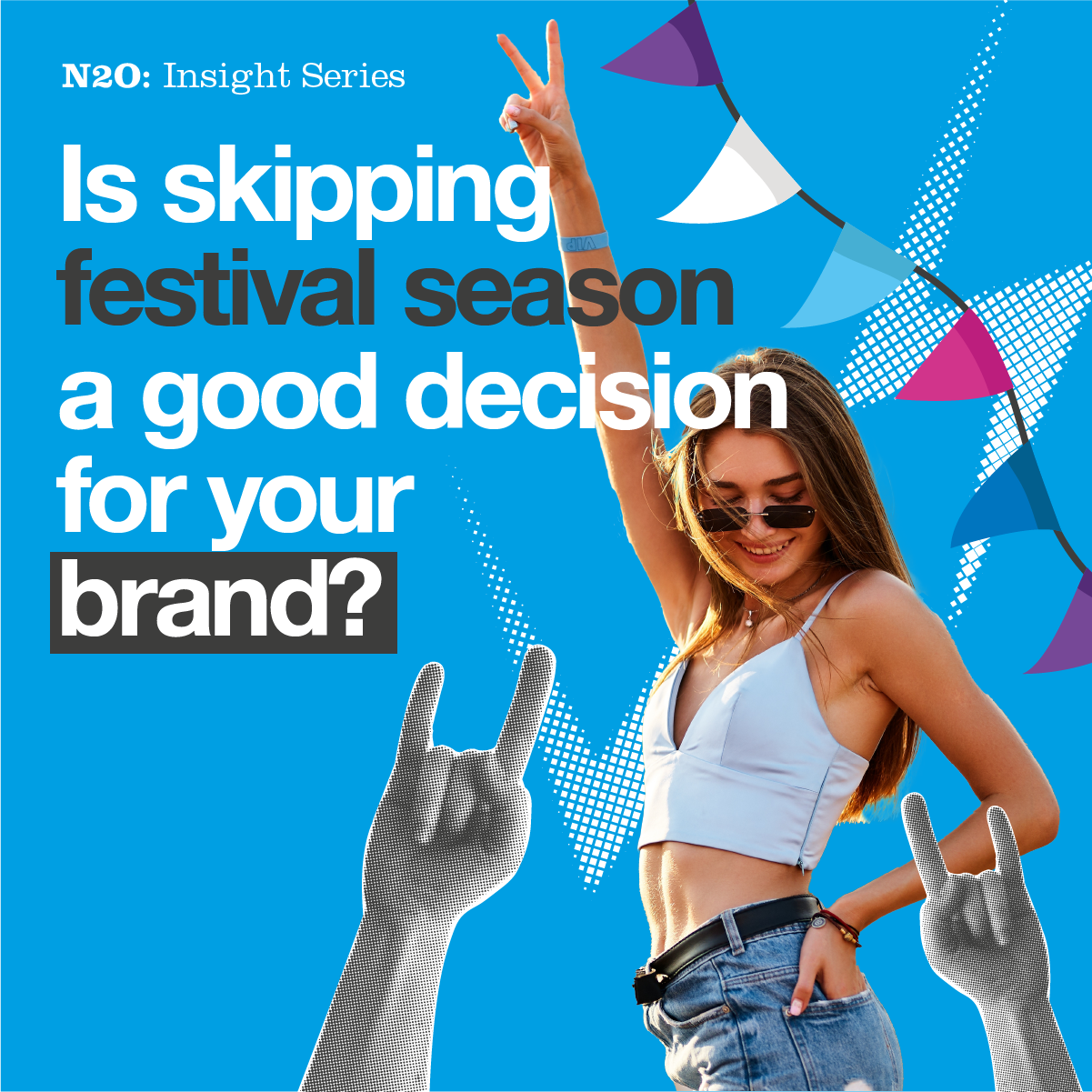
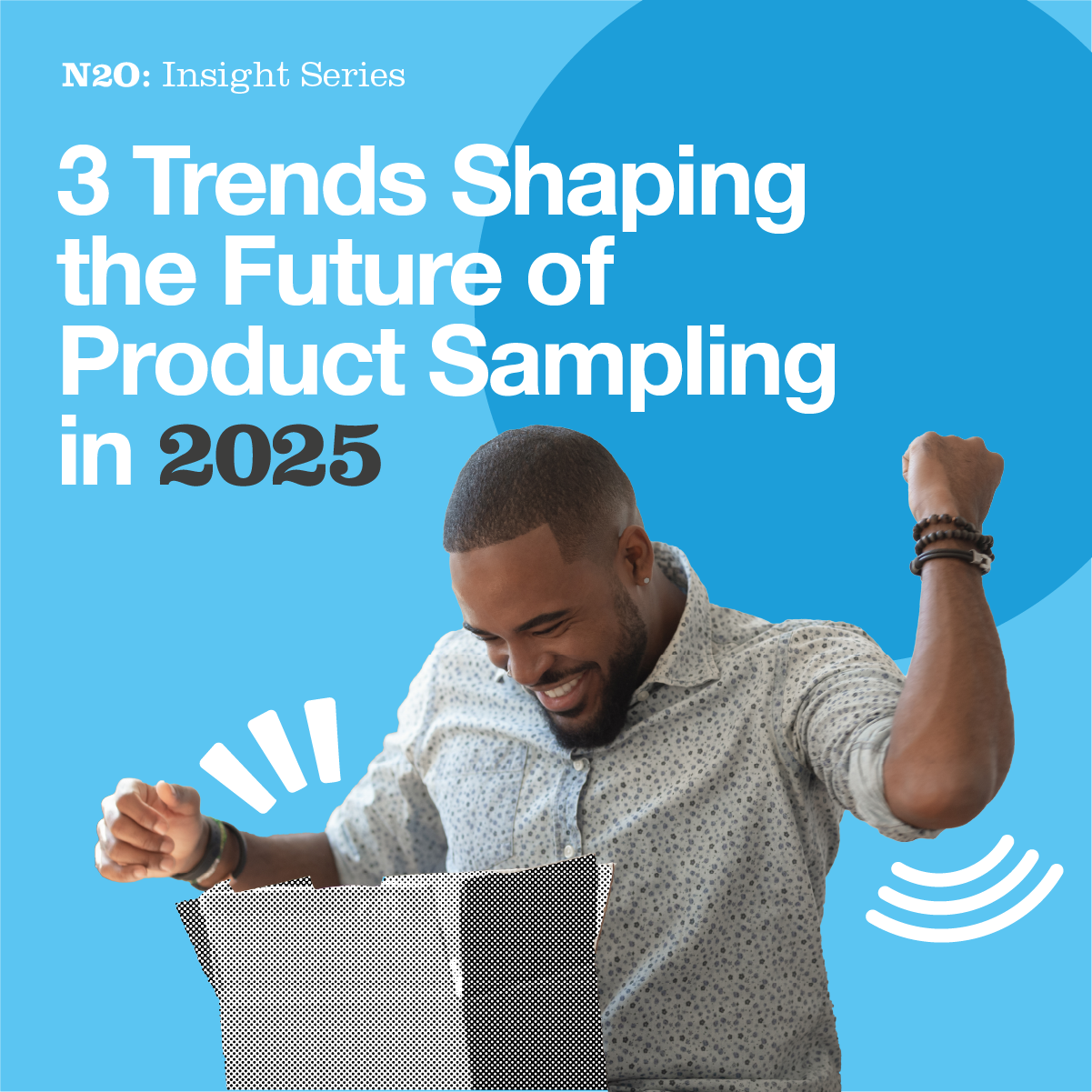


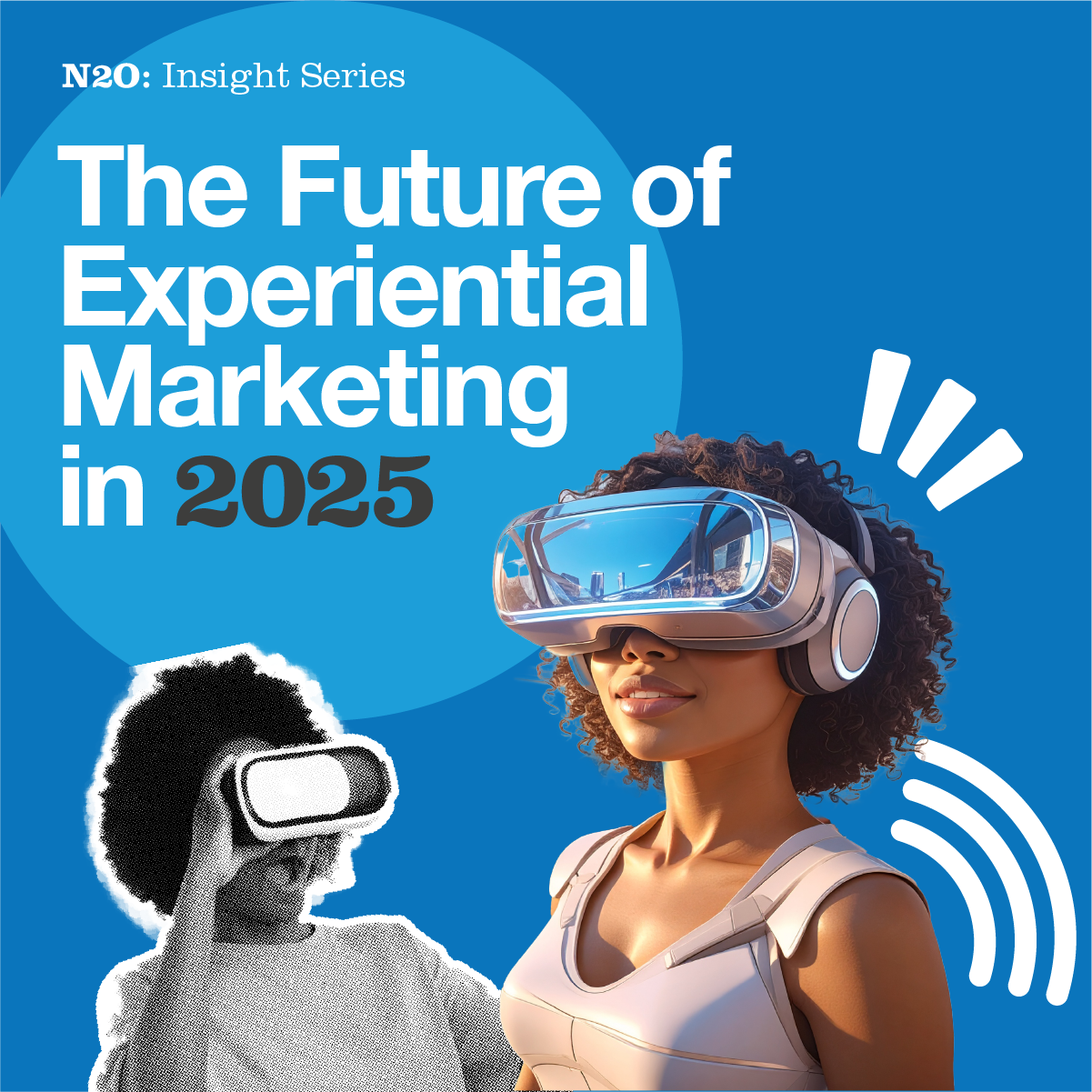



































































.jpg)





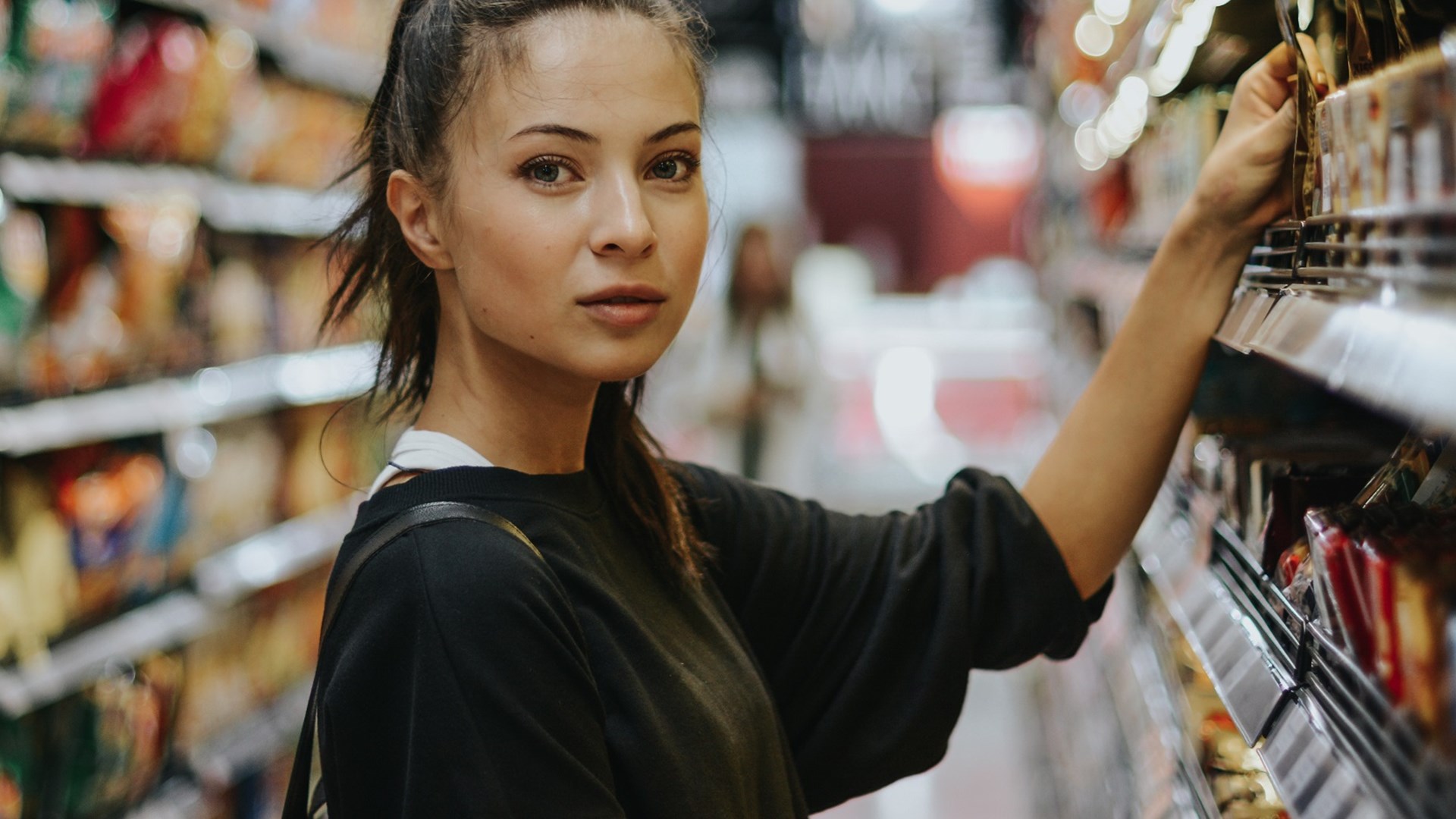
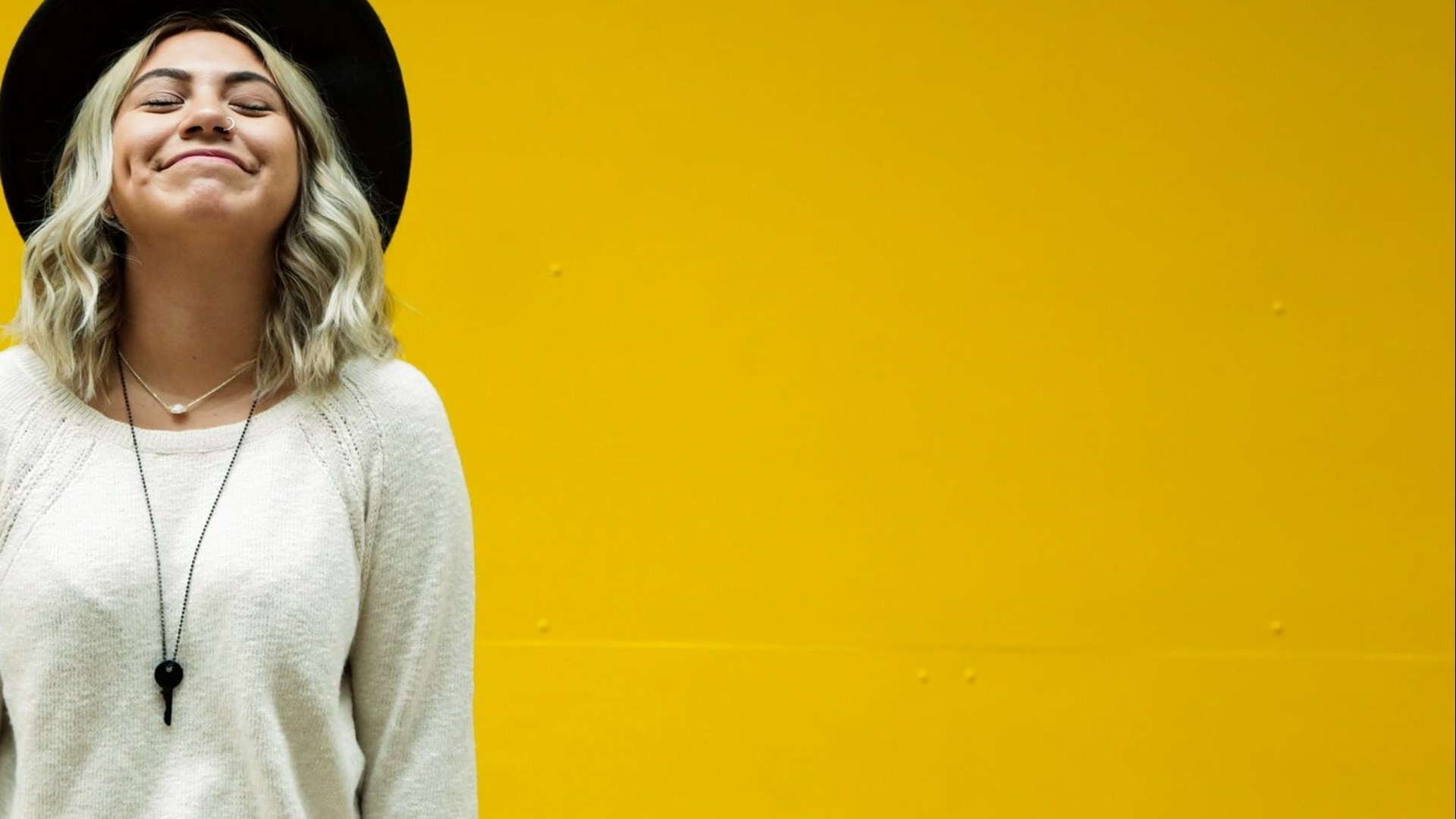
.jpeg)


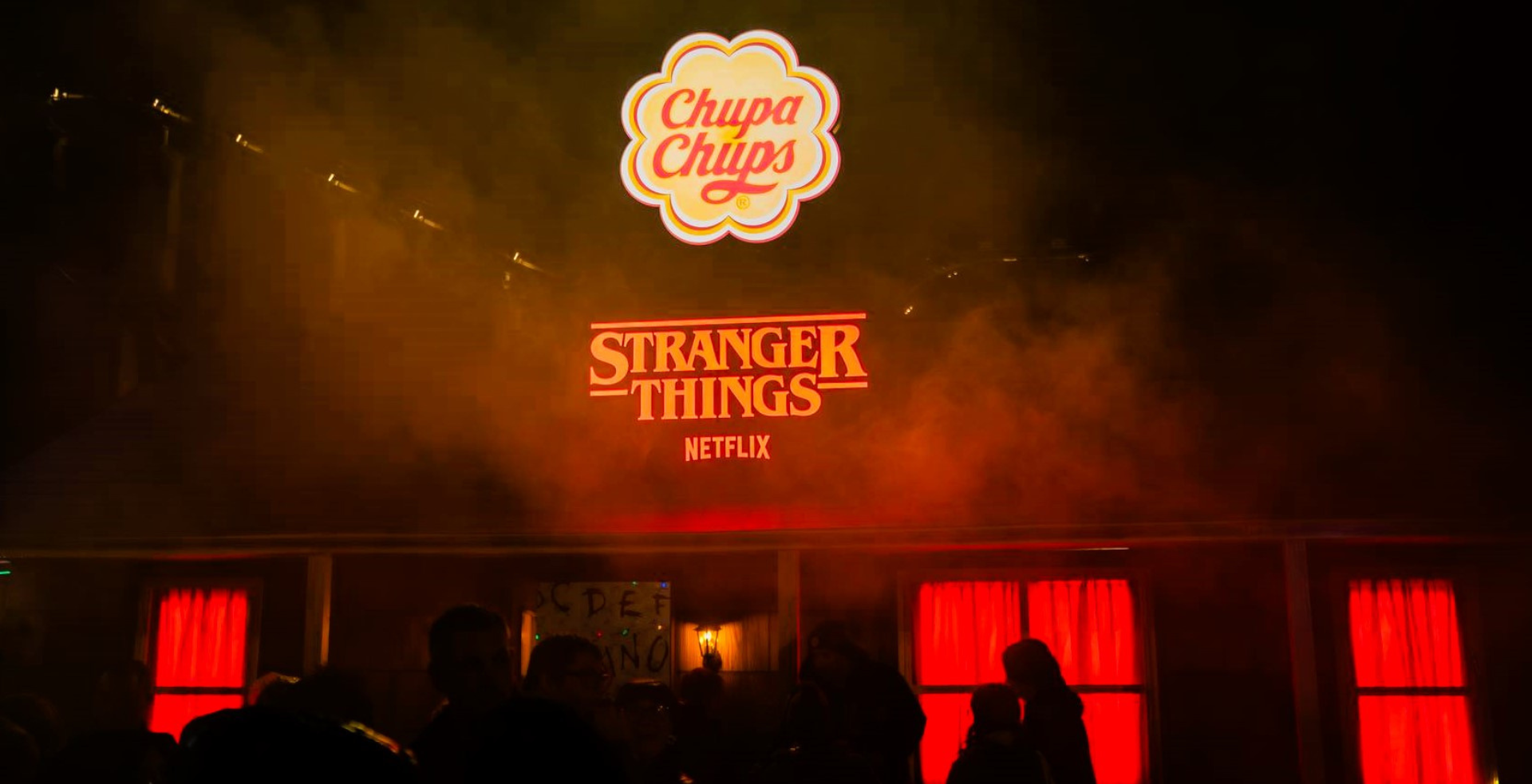
.png)


















